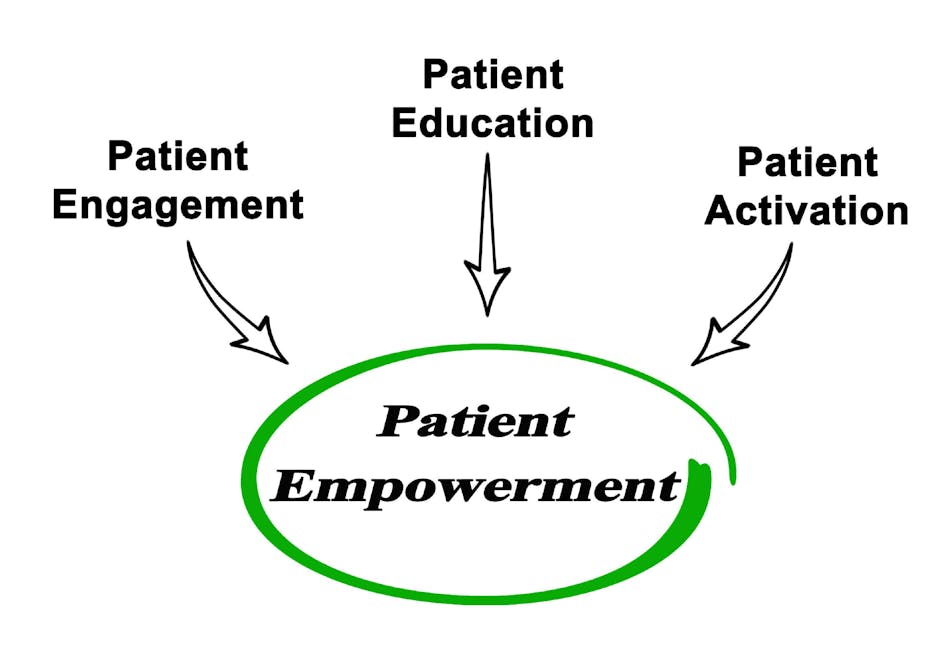CMMI Extends Use of Phreesia Patient Activation Measure Through 2029
Phreesia will provide access to PAM, training, analysis to the Kidney Care Choices Model, and CMMI also has the option to expand PAM into additional models
The CMS Innovation Center (CMMI) plans to extend the use of a “Patient Activation Measure” from Phreesia through 2029. Phreesia’s PAM, which assesses gains in patients’ knowledge, skills and confidence in managing their own healthcare, is one of the first patient-reported outcome performance measures (PRO-PMs) used in a CMS alternative payment model.
Under the new contract, Phreesia will provide access to PAM, training, analysis and other support to the Kidney Care Choices Model (KCC). CMMI also has the option to expand the PAM into additional models, including those focused on other disease states, care settings or episodes of care.
During a Sept. 17 panel discussion, Susannah Bernheim, M.D. , M.H.S., chief quality officer and acting chief medical officer with the CMS Innovation Center, described how CMS alternative payment models are evolving to include patient-reported measures.
“Patient-reported measurement can serve two purposes in our model,” she explained. “One is incentives for accountability and improvement for participants who are participating to help them drive improvements and incentives to do so that they are focused on what patients report and need. But just as important is that they can be tools to help us evaluate the model overall.
“We fundamentally believe that bringing patient-reported measures into the model will let us know which improvements matter to beneficiaries,” Bernheim added. “We’re amplifying the voice of patients, helping to drive innovations in care that we hope will increase the likelihood that people receive care aligned with their own goals.”
She gave an example from the Kidney Care Choices (KCC), model. The Innovation Center is supporting model participants to use tools to assess patient activation and readiness for self-care management, because this is important for slowing the progression of end-stage renal disease.
The KCC Model aims to improve care and quality of life for nearly 200,000 Medicare beneficiaries with chronic kidney disease (CKD). The model is designed to delay the onset of dialysis and improve dialysis starts, increase home dialysis and incentivize kidney transplantation.
On September 18, CMS released the first annual evaluation of the KCC model from 2022, the first year of the program, which Phreesia said found:
• Clinically meaningful increases in PAM scores—an average of 8.8 points—across patient populations, with the highest increase—12.8 points—among transplant patients. In previous studies, changes of this magnitude have been associated with an 8% reduction in costs.
• PAM score increases in the KCC program, in which organizations were incentivized, were double the average 4- to 5-point increase in prior studies of interventions with kidney care patients, in which clinicians were not incentivized.
• Significant improvements in other targeted outcomes, including a 20% increase in home dialysis, an 8 to 26% increase in peritoneal dialysis, a 16% increase in optimal ESRD starts and an increase of 15% of patients on the transplant waitlist.
• 85% of large KCC-participating healthcare organizations successfully implemented interventions to address the needs of less-activated patients; most of those organizations had not used PAM previously. Survey responses such as “I know what treatments are available for my health problems” made it easier for care teams to understand patients’ needs.
• Gains in activation were seen across all patient populations, including those who were older, sicker, economically disadvantaged, or racial or ethnic minorities—a key finding for helping to reduce pervasive disparities in the kidney-care population.
“We’re honored to continue partnering with CMMI and KCC participants, and we congratulate them on their success improving the lives of kidney care patients,” said Hilary Hatch, Ph.D., a clinical psychologist and Phreesia’s chief clinical officer, in a statement. “Care teams drove significant increases in PAM scores in the first year of the KCC program, meaning tens of thousands of kidney care patients are taking a more active role in their care. As CMMI expands the use of PRO-PMs to capture the patient voice, we look forward to working closely with them on new models, and we’re excited PAM will be available for more conditions and care settings.”
“The year one KCC results are impressive,” said Alan Glaseroff, M.D., co-founder and former co-director of Stanford Coordinated Care at the Stanford School of Medicine, in a statement. “The approach of incentivizing clinicians takes the focus on patient activation even further than we’ve seen before. The findings are similar to what we saw in our own CMMI-funded program, which ran from 2012 to 2015 and resulted in lower costs and improved outcomes. Patient activation is powerful; I’ve used it in my own practice, and I’m confident we’ll see continued improvements in outcomes—as well as cost reductions—in future years of the KCC Model.”
source - https://www.hcinnovationgroup.com/population-health-management/patient-engagement/news/55237020/cmmi-extends-use-of-phreesia-patient-activation-measure-through-2029

Comments
Post a Comment